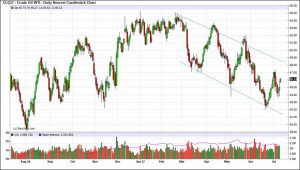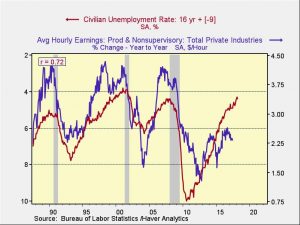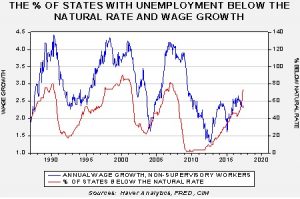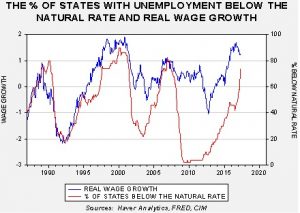by Bill O’Grady and Thomas Wash
[Posted: 9:30 AM EDT]The summer doldrums are upon us. Financial markets are very quiet this morning in front of tomorrow’s ECB meeting and press conference. Here is what we are watching this morning:
The ECB: The EUR has been rising recently, in part due to expectations the ECB will begin the process of withdrawing stimulus. We expect Draghi to offer a very slow path of tapering with lots of comments suggesting that the Eurozone recovery remains fragile and that policymakers must be careful to avoid tightening too quickly. We do expect signaling that a plan for tapering QE and the eventual path of ending balance sheet expansion will be detailed in September. Overall, the EUR has been strengthening and the risk is that traders have overestimated the pace of stimulus withdrawal. However, if our read for tomorrow’s meeting is accurate, the EUR should maintain recent gains. Anything that signals faster withdrawal of stimulus will lead to further currency strength.
Sanctions on Venezuela: The Trump administration is reportedly considering sanctions on Venezuela if the Maduro regime decides to rewrite the country’s constitution. The fear is that a new constitution would move Venezuela to a Cuban-style government, dispensing of contested elections and ensuring that Maduro and the Chavistas will be permanently in power. The key threat is the U.S. will ban Venezuelan oil exports to the U.S. Venezuela generally provides around 0.6 mbpd, or about 8% of U.S. gross oil imports. Although we expect the U.S. oil market to be able to handle the loss of this oil, it may cause some short-term disruptions. Venezuela mostly sells heavy, sour oil to the U.S. because American refineries have the ability to refine such crude oil. If Venezuelan imports are disrupted, some refineries may scramble to find heavy, sour oil and we may see a temporary decline in refinery operations. The sanctions will hurt Venezuela more than the U.S. but our oil infrastructure won’t be completely unscathed if sanctions are introduced.
GCC backs off: The WSJ[1] is reporting that the GCC has revised its demands that Qatar must meet to see the current blockade lifted. Specifically, it looks like Al Jazeera will not be forced to close and some clerics sympathetic to the Muslim Brotherhood will be allowed to remain in Qatar. Although Qatar has not reacted warmly to this overture so far, we suspect that pressure from Turkey and the U.S. led the GCC to ease its demands. We would not expect the same parties to lean on Qatar to accept the new “principles” as opposed to demands, from the GCC. The U.S. does need the GCC to work together to combat Iranian designs for the region and this recent dispute between the GCC and Qatar doesn’t support U.S. policy.
Off to taxes: After the legislative failure to deal with the ACA, the party is mostly moving on to taxes, primarily corporate taxes. The first issue will be whether we simply see cuts in rates or if broader reform is enacted. We suspect the president, who would like to see some major legislation signed before year’s end, will opt for simple cuts which could be done faster. However, it’s likely such cuts, which will probably increase the deficit, won’t be given permanent status. The House GOP would prefer broader reform which could then yield permanent tax cuts. However, broader reform will require spending cuts or reduction in tax expenditures to make the tax rate declines revenue neutral and negotiating such changes will slow the process down. We are leaning toward reductions in the tax rate and higher deficits.
[1] https://www.wsj.com/articles/qatars-critics-scale-back-demands-in-diplomatic-bid-1500441047






